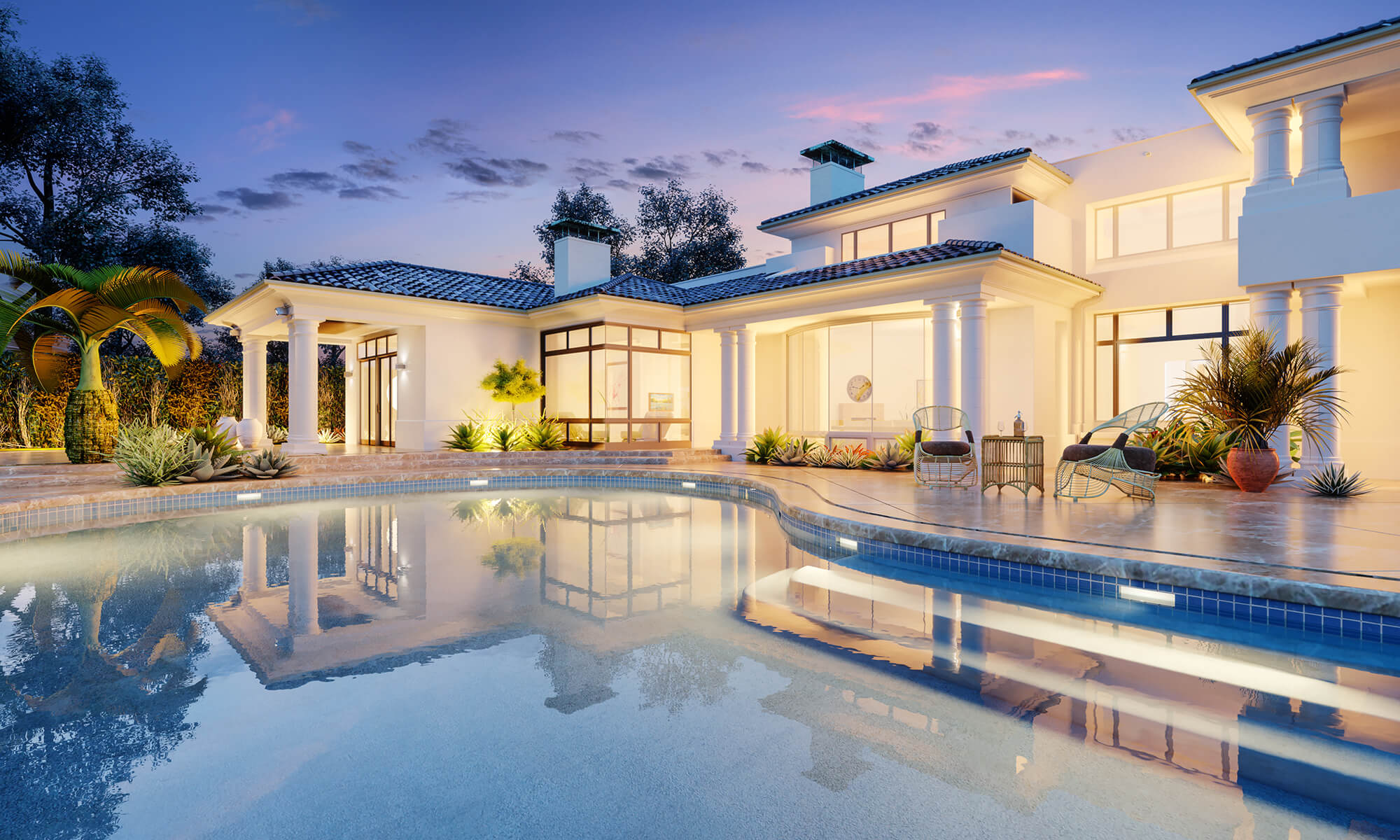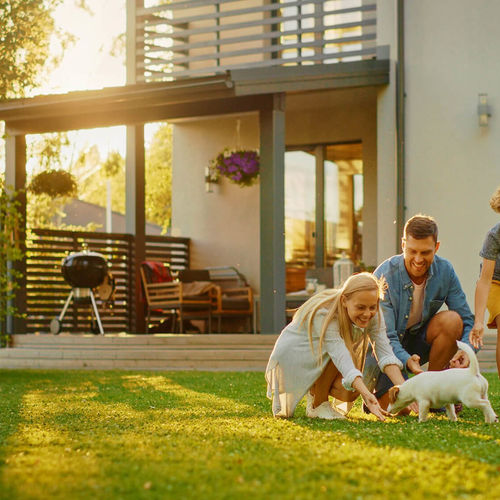Eco-friendly homes are revolutionizing the way we think about sustainable living, offering a harmonious balance between modern comforts and environmental stewardship. Designed to minimize energy consumption and reduce environmental impact, these homes incorporate innovative features such as energy-efficient appliances, renewable energy sources like solar panels, and sustainable building materials.
1. Energy-Efficient Features
- 🌞 Solar Panels: Solar energy is one of the most popular eco-friendly home features. Installing solar panels can help homeowners reduce energy bills, and many regions offer incentives or rebates for installation.
- ⚡ Energy-Efficient Appliances: Energy Star-rated appliances (like refrigerators, dishwashers, and washing machines) consume less energy, leading to lower utility costs and reducing the home’s carbon footprint.
- 🪟 High-Performance Windows: Double or triple-paned windows with energy-efficient coatings can reduce heat loss in the winter and minimize heat gain in the summer, lowering the demand for heating and cooling systems.
- 🏠 Insulation & Air Sealing: Homes that are well-insulated and sealed prevent drafts, maintain consistent temperatures, and reduce the need for air conditioning and heating.
2. Sustainable Building Materials
- ♻️ Recycled and Reclaimed Materials: Many eco-friendly homes incorporate materials that have been recycled or reclaimed, such as reclaimed wood, recycled steel, or salvaged bricks. These materials help reduce waste and the need for new resources.
- 🌿 Bamboo and Cork: Renewable materials like bamboo for flooring and cork for insulation are popular in sustainable construction because they grow quickly and have a low environmental impact.
- 🎨 Low-VOC Paints and Finishes: Eco-friendly homes often use paints, finishes, and adhesives with low volatile organic compounds (VOCs), which improve indoor air quality by reducing harmful chemical emissions.
- 🌲 Sustainable Timber: Using certified sustainable wood sources ensures that deforestation is minimized and that the materials are sourced responsibly.
3. Water Conservation
- 🚿 Low-Flow Fixtures: Toilets, showerheads, and faucets that reduce water usage without compromising performance are common in eco-friendly homes. This helps conserve water, reduce utility costs, and conserve resources.
- 🌧️ Rainwater Harvesting: Some eco-friendly homes include systems to collect and store rainwater for irrigation or other non-potable uses, reducing dependence on municipal water supplies.
- 💧 Greywater Recycling: Greywater systems recycle water from sinks, showers, and washing machines for use in irrigation, minimizing overall water consumption.
4. Smart Home Technologies
- 📱 Smart Thermostats: These devices can learn your habits and adjust heating and cooling automatically, ensuring that energy is used efficiently without unnecessary waste.
- 🏡 Home Automation: Home automation systems can control lights, appliances, and security systems, helping reduce energy consumption by ensuring that things are turned off when not in use.
- 🔌 Energy Monitoring Systems: These systems allow homeowners to track their energy use in real-time and make adjustments to optimize energy efficiency.
5. Indoor Air Quality
- 🌬️ Ventilation Systems: Advanced ventilation systems help ensure that a home has adequate fresh air circulation without losing energy. Heat recovery ventilators (HRVs) or energy recovery ventilators (ERVs) are designed to bring in fresh air while retaining energy from the exhaust air.
- 🌱 Non-Toxic Materials: Using non-toxic materials (like natural paints, organic fabrics, and natural floor coverings) helps reduce indoor air pollution, contributing to healthier living spaces.
6. Location and Site Considerations
- 🚶♂️ Walkable Neighborhoods: Many sustainable homes are located in areas with easy access to public transportation, shops, schools, and other amenities, reducing the need for long commutes and reliance on cars.
- 🌳 Land Conservation: Some homes are designed to blend into their natural surroundings, minimizing the disturbance to the land, trees, and local wildlife. This might include preserving green spaces and landscaping with native plants that require less water and maintenance.
7. Benefits of Eco-Friendly Homes
- 💸 Cost Savings: While eco-friendly homes can sometimes come with a higher upfront cost, the long-term savings in energy bills, water usage, and maintenance can more than make up for the initial investment.
- 📈 Increased Resale Value: Many buyers today are willing to pay more for homes that offer energy efficiency, sustainability, and eco-friendly features. As a result, these homes often have higher resale values.
- 🏥 Healthier Living Environment: Sustainable homes tend to have better indoor air quality, which can contribute to overall better health and well-being for the residents.
- 🌍 Environmental Impact: By reducing the environmental footprint of the home, including energy consumption, waste, and resource depletion, homeowners play a part in mitigating climate change.
8. Government Incentives and Rebates
- 💵 Many countries and regions offer incentives for sustainable building practices, such as tax credits, rebates for installing solar panels, or subsidies for using energy-efficient appliances. Understanding these programs can help buyers reduce the cost of implementing sustainable features.
9. Certification Programs
- 🏅 LEED (Leadership in Energy and Environmental Design): Homes that achieve LEED certification meet high standards for environmental sustainability in construction, energy, and water use.
- 🏡 Passive House: This certification focuses on building homes that require very little energy for heating or cooling by ensuring maximum insulation and airtightness.
- 🌟 Energy Star: A widely recognized certification for homes that meet strict energy efficiency standards.


